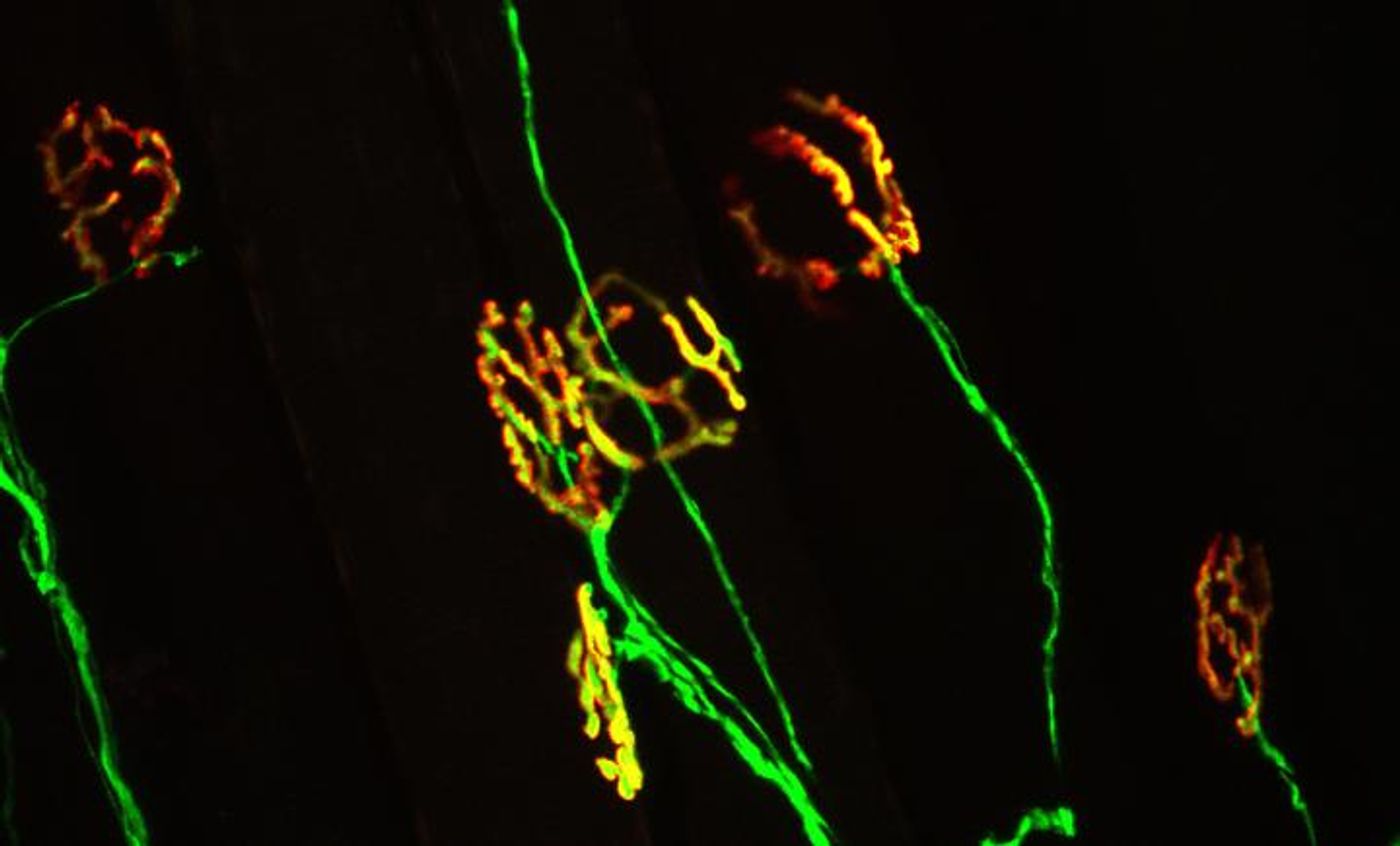ALS, amyotrophic lateral sclerosis or Lou Gehrig’s disease, is a disorder of the nervous system; the nerve cells that signal to muscles progressively degenerate, leading to death of those neurons and a subsequent breakdown in the ability to control muscle movement. Scientists working at the Virginia Tech Carilion Research Institute have used a mouse model of ALS in identifying a naturally occurring molecule that works to protect the sites where nerves communicate with muscles. This research certainly stands to advance research into ALS, and has identified a molecular target that might be used in the development of therapeutics.
 Reporting
Reporting in The Journal of Neuroscience, a research team working at Virginia Tech and led by Assistant Professor Gregorio Valdez, a growth factor called FGFBP1 and its interactions with a molecule called TGF-beta was described. FGFBP1 is released by muscle fibers and has an important role in the maintenance of neuromuscular junctions; they are a special synapse where nerves from the spinal cord interface with muscles, transmitting signals from the central nervous system, resulting in movement.
In mouse models of ALS, the researchers found that a growth factor called TGF-beta, which is associated with the immune system and has many functions in the cell, exerts an influence that stops muscles from releasing the necessary molecules that are required to maintain their communications with neurons.
The investigators also found that FGFBP1 levels increase during development, and is gradually reduced before the degeneration of neuromuscular junctions, as aging progresses in ALS mice. The breakdown of neuromuscular junctions was also found to happen much faster in ALS mice where FGFBP1 had been ablated. The deletion of FGFBP1 also hastened the death of the ALS mice.
Digging deeper, the researchers determined that as TGF-beta builds up at the synapse, FGFBP1 expression decreases.
"TGF-beta is upregulated in ALS and in turn blocks expression of FGFBP1, which is released by muscle fibers to preserve the integrity of the neuromuscular junction," explained Valdez. "The body is trying to help itself by generating more TGF-beta. Unfortunately, TGF-beta accumulates at the synapse where it blocks expression of FGFBP1, accelerating degeneration of the neuromuscular junction.
"Our findings suggest that targeting these molecules may allow these important synapses to stay in place, and slow the progression of ALS," Valdez concluded.
In humans, ALS is a devastating disease that can progress rapidly. The neurons of voluntary muscles are affected first, and eventually patients lose the ability to move their arms, legs and body. According to the National Institute of Neurological Disorders and Stroke, the majority of people stricken with ALS usually die within three to five years after symptoms begin, from respiratory failure.
For more information on ALS, check out the video above from the Khan Academy.
Sources:
AAAS/Eurekalert! via
Virginia Tech News,
The Journal of Neuroscience









